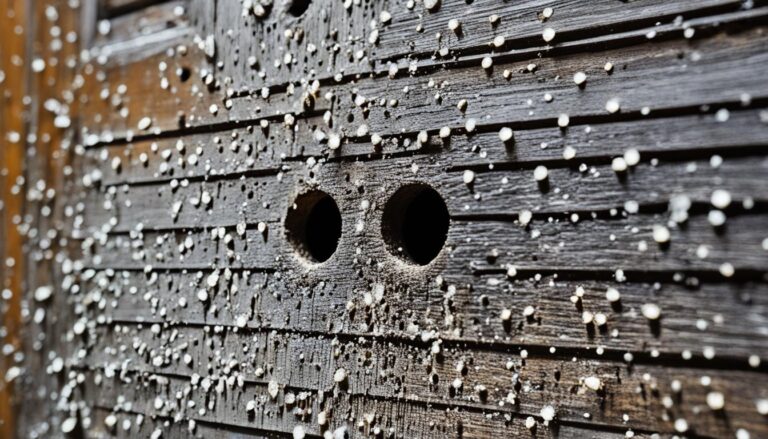
Is It Too Late When You See Termites? Act Now
Discovering termites in your home can be a distressing experience. These tiny pests have the potential to cause significant damage to your property if left
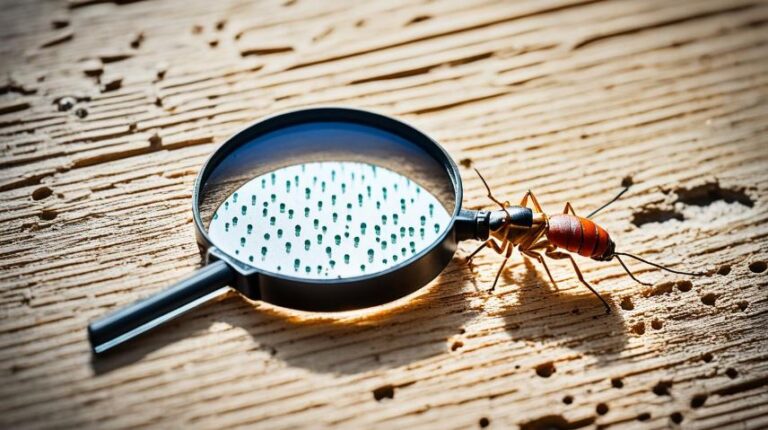
Do I Need An Annual Termite Inspection?
Termites can cause significant damage to your home, making annual termite inspections crucial for early detection and prevention. Living in warm, moist climates or having
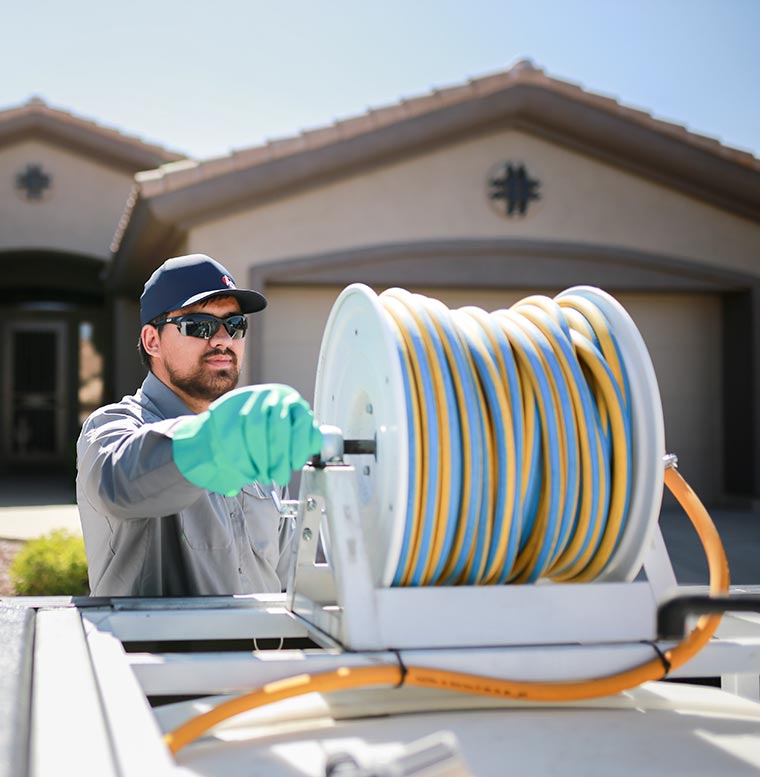
How Much Does Pest Control Cost in Phoenix?
Did you know that the average cost for pest control services in Phoenix is around $450? That’s right – homeowners in the Phoenix area are
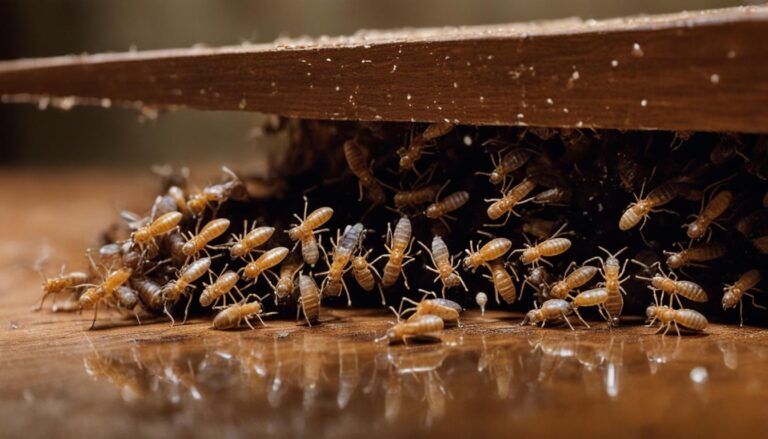
Spotting Termites? Signs in Your House to Look For
Termites are often referred to as “silent destroyers” because they can wreak havoc in your house without being noticed until it’s too late. Knowing the
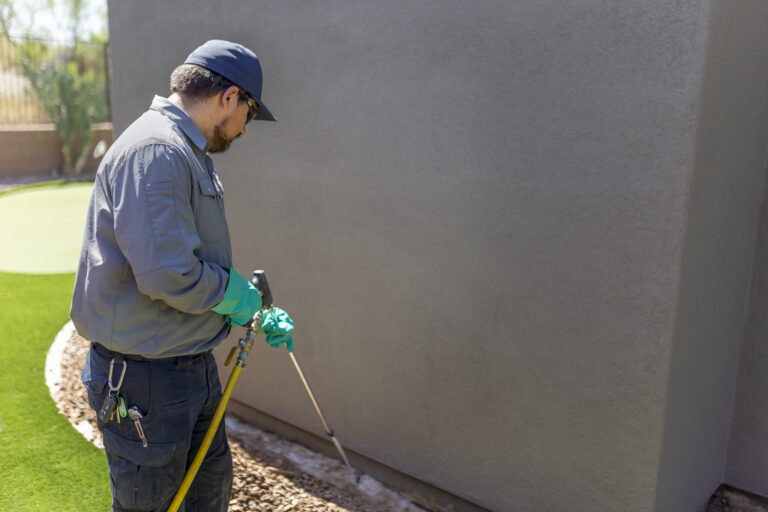
Spraying for Termites: Is it Safe?
Spraying for Termites: Is it Safe? Spraying for termites is a common method used to control and eliminate termite infestations in homes and buildings. Homeowners often turn to termite
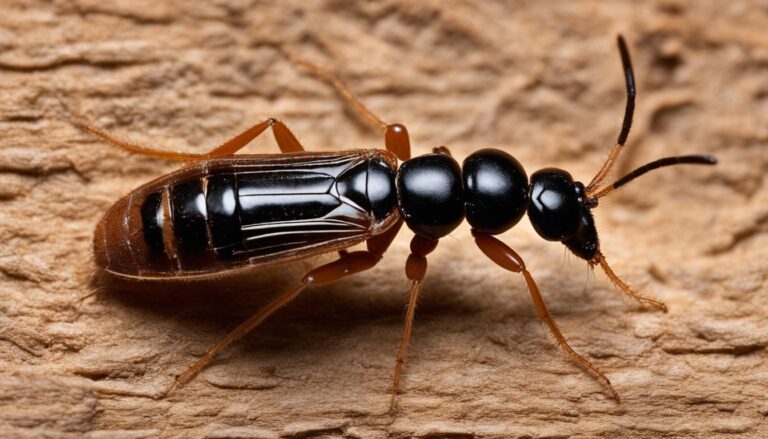
Termites in Arizona: How Common Are They?
If you’re a homeowner in Arizona, you may be wondering: is it common to have termites in Arizona? Unfortunately, the answer is a resounding yes.








